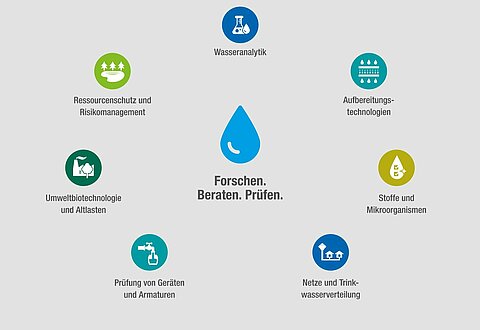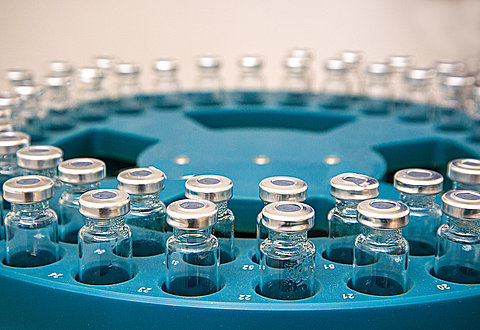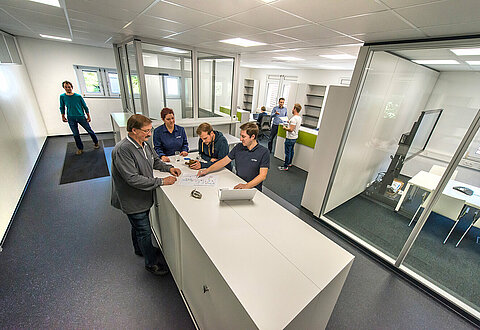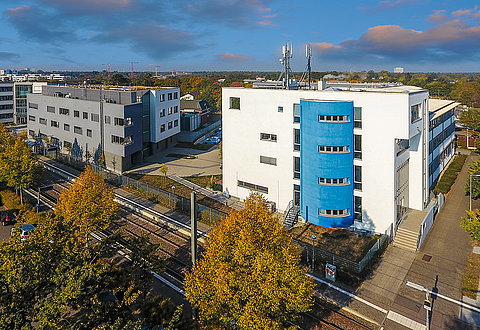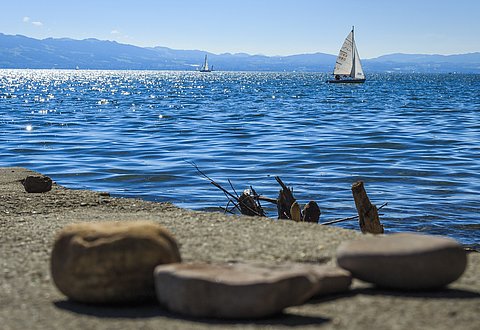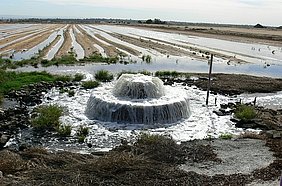The cleaning performance in artificial groundwater recharge was investigated in field and laboratory tests using a variably saturated soil passage with treated waste water (soil aquifer treatment, SAT) at a model site in Israel.
The SAT process has excellent cleaning performance (DOC-removal > 80 %), elimination of most investigated micropollutants (pharmaceutical active ingredients, aromatic sulfonates, complexing agents, nitrosamines, artificial sweeteners etc.) below the limit of detection. Intermittently charging the seepage reservoirs ensures high oxygen enrichment and therefore aerobic conditions in the subsoil. There is also strong solar radiation, which allows a high degradation rate as a result of temperature and photochemical conversions. Adsorptive removal of the investigated micropollutants plays a minor role.
In the project, a new method of analysis was developed to determine artificial sweeteners. Acesulfame proved to be a conservative waste water tracer, which enables excellent differentiation between biodegradation and dilution with land-based groundwater. The impact of waste water at certain measurement points, e.g. a drinking water well, could also be verified.
Publication
M. Scheurer, H.-J. Brauch, F.T. Lange (2009). Analysis and occurrence of seven artificial sweeteners in German waste water and surface water and in soil aquifer treatment (SAT). Analytical and Bioanalytical Chemistry 394:1585–1594
M. Scheurer, F.R. Storck, C. Graf, H.-J. Brauch, W. Ruck, O. Lev, F.T. Lange (2011). Correlation of six anthropogenic markers in wastewater, surface water, bank filtrate, and soil aquifer treatment. Journal of Environmental Monitoring 13:966-973.


![[Translate to English:] Prüfstelle-Produktprüfung_Teststand Test centre and product testing](/fileadmin/_processed_/0/9/csm_TZW-Karlsruhe_Pruefung_Geraete-Teststand_444204ae51.jpg)
















